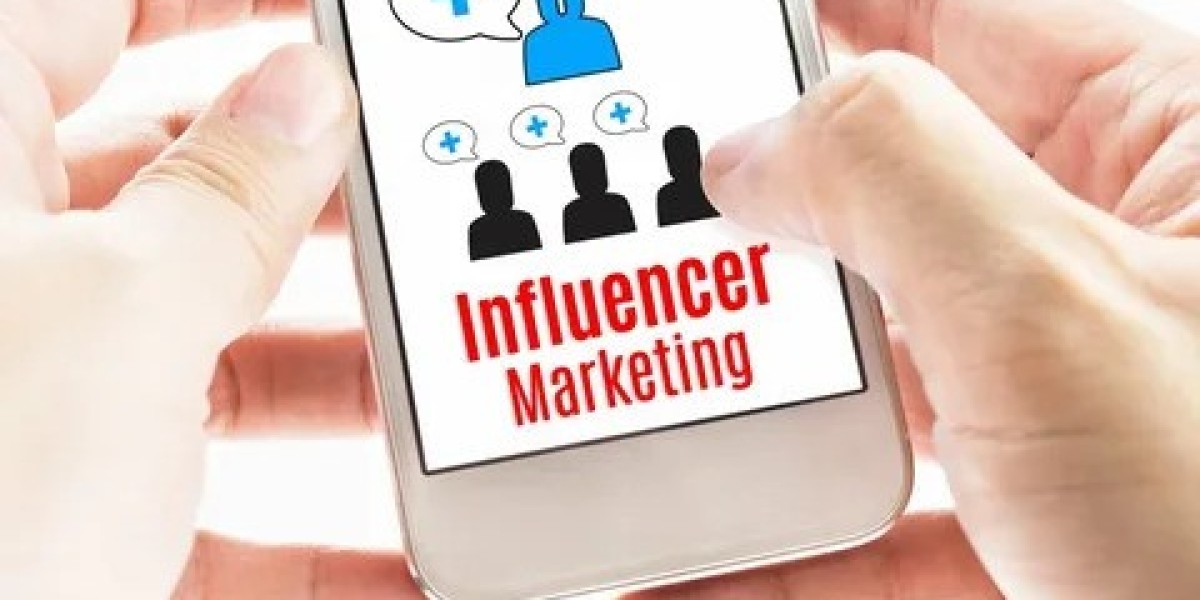Digital marketing plays a pivotal role in shaping how modern apps are designed, developed, and optimized for user experience. In today’s competitive digital ecosystem, an app’s success doesn’t rely solely on its technical features it depends equally on how well it connects with users. Digital marketing bridges this gap by providing data-driven insights that help designers and developers create user-centric, engaging, and conversion-focused applications.
By integrating marketing strategies with design and development processes, businesses can ensure that every touchpoint visuals, navigation, messaging, and functionality resonates with target users. This collaborative approach transforms app design from a creative process into a strategic tool for driving engagement, loyalty, and long-term business growth.
Understanding the Link Between Digital Marketing and App Design
In the early days of app development, the focus was purely on functionality. However, as user expectations evolved, app design became more about delivering experiences rather than just services. Digital marketing brought valuable user data, behavior insights, and engagement metrics to the table helping teams understand what users want and how they interact with mobile applications.
Today, marketing teams leverage analytics tools, heatmaps, and social listening to identify trends and pain points. This information directly informs design decisions, from layout and color schemes to feature prioritization. Designers can now tailor interfaces to match user intent, making apps not only visually appealing but also intuitive and easy to navigate.
Digital marketing insights also guide how apps are positioned in app stores and social media campaigns, ensuring that branding, tone, and user experience remain consistent across all digital platforms.
Personalization Through Data-Driven Design
One of the most significant ways digital marketing influences app design is through personalization. Users today expect apps to cater to their preferences and behaviors. Digital marketing provides the data that makes this possible.
By analyzing demographic information, in-app activity, and browsing habits, marketers help developers create dynamic interfaces that adapt to individual user needs. For example, e-commerce apps personalize product recommendations, while fitness apps adjust workout plans based on user activity levels.
Personalization enhances user engagement, builds emotional connections, and increases retention rates. In essence, marketing insights transform static designs into adaptive, user-focused experiences that evolve with time and usage.
The Role of Marketing in Enhancing User Experience (UX)
User experience is no longer a technical consideration it’s a strategic advantage. Digital marketing plays a major role in shaping UX by identifying what attracts users, what frustrates them, and what keeps them coming back.
Marketers analyze customer feedback, app store reviews, and user journey metrics to highlight areas where UX improvements are needed. This data helps design teams eliminate unnecessary steps, reduce friction, and improve navigation flow.
Moreover, digital marketing trends, such as influencer campaigns or seasonal promotions, often require temporary UX updates. Coordinating these changes ensures that the app remains aligned with brand messaging while maintaining usability.
This collaboration leads to smoother onboarding processes, faster load times, and engaging visuals that encourage users to explore more.
Integrating Digital Marketing Insights During App Development
Successful apps are built on the synergy between marketing and development. The app development process now heavily depends on insights derived from digital marketing research. From the conceptual stage to post-launch optimization, marketing data informs every decision feature selection, interface design, and even technical performance goals.
For example, if data shows that users prefer quick checkout options, developers can prioritize building one-click payment features. Similarly, if engagement metrics reveal a drop in user activity during onboarding, the design and copy can be optimized to retain attention.
This integration ensures that the app not only meets business objectives but also aligns with real user expectations resulting in higher satisfaction and better market performance.
Cross-Platform Consistency and Brand Identity
Modern users switch between devices constantly, and they expect seamless experiences across all platforms. Digital marketing ensures that brand identity remains consistent whether a user is interacting through an app, a website, or social media.
Consistency in color schemes, typography, and tone helps build trust and brand recall. Marketing teams work with designers and developers to maintain this continuity, ensuring that users can identify the brand instantly, no matter where they engage.
Leading agencies, such as an android mobile app development company, emphasize this integration of marketing and design principles. They ensure that the app’s UI/UX reflects not only the brand’s visual identity but also its marketing strategy—bridging the gap between technology and storytelling.
Enhancing Engagement Through Marketing-Focused Design Elements
Digital marketing influences app design elements like push notifications, in-app messaging, and interactive content—all aimed at increasing user engagement. Marketers test different messaging tones, call-to-action placements, and timing strategies to find the most effective combinations.
Developers then implement these insights into design systems that feel natural and non-intrusive. For example, gamified interfaces, reward badges, and progress bars often suggested by marketing teams encourage users to interact more frequently with the app.
When done right, these marketing-driven design features enhance engagement without compromising usability, ensuring users stay active and invested in the app.
Post-Launch Optimization Through Marketing Feedback
App design doesn’t end at launch it evolves continuously. Digital marketing provides the feedback loop necessary for post-launch optimization.
Performance metrics, user reviews, and conversion data help identify design flaws or feature gaps. For instance, if analytics show a high bounce rate on a specific screen, marketers collaborate with designers to simplify the layout or adjust content hierarchy.
A strong post-launch marketing strategy also supports user retention campaigns, guiding updates and feature rollouts based on real user needs rather than assumptions. This ongoing collaboration between design, development, and marketing ensures that the app stays competitive and relevant in a constantly changing market.
The Impact of Emerging Technologies on App Design
The rise of technologies like artificial intelligence (AI), augmented reality (AR), and voice search is reshaping both digital marketing and app design. Marketers are using AI to analyze deeper user patterns, predict behaviors, and create personalized campaigns. Developers, in turn, integrate these insights into smarter and more responsive app interfaces.
AR and VR, powered by creative digital campaigns, are opening new possibilities for interactive design allowing users to visualize products or experiences before making decisions. This trend demonstrates how tightly connected marketing innovation and design evolution have become.
Building Emotionally Engaging Experiences
Apps that evoke emotions tend to perform better. Digital marketing helps designers tap into emotional triggers through color psychology, tone of voice, and storytelling elements.
Whether it’s a calming design for a meditation app or vibrant visuals for a gaming platform, marketing insights guide how these elements are presented. Emotional design strengthens brand loyalty, turning casual users into long-term advocates.
This combination of psychological design and marketing creativity forms the foundation for immersive, memorable user experiences.
The Future: Marketing-Led Design Thinking
As app ecosystems evolve, the future lies in marketing-led design thinking. Businesses that integrate marketing insights throughout the app development process will outperform those that treat marketing as a post-launch activity.
Developers, designers, and marketers must operate as a single unit, driven by user data, brand vision, and performance goals. This approach ensures that every aspect of the app from layout to content is created with user satisfaction and conversion in mind.
Conclusion
Digital marketing and app design are no longer separate disciplines they are interdependent forces that shape modern user experiences. By using data-driven insights, marketers help developers build intuitive, engaging, and high-performing apps that align with user expectations and business goals.
The collaboration between these fields ensures that every design decision is strategic, every feature serves a purpose, and every update drives measurable growth. Whether it’s through data analytics, UX optimization, or personalization, marketing’s influence on app design continues to grow stronger with each technological advancement.



